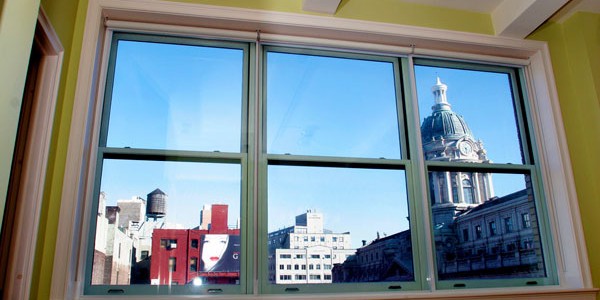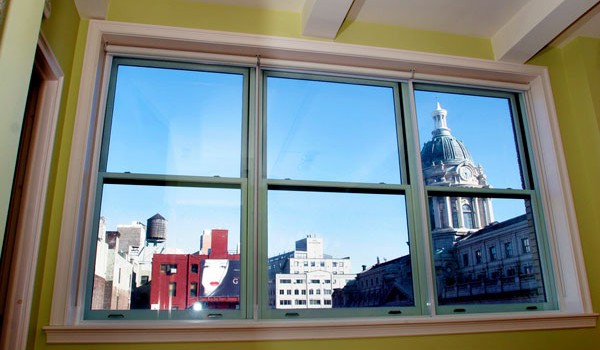

How to Reduce the “Noise” in your Pictures
Photo Taking Tips February 26, 2016 Editorial Staff 0

“Noise” in digital photography is the term used to describe visual distortion, much like the “grain” in film photography. Noise is caused by the digital sensor attempting to record light that is too small to record clearly. When a camera is trying to record what is too dark to record clearly, some stray electrical signals end up on the finished photograph as noise. Digital cameras convert light into electricity, and then that electricity is converted into pixels. Stray pixels manifest as the noise in your pictures.
In general, noise is introduced when you shoot a long exposure image, or you shoot at a high ISO setting. At high ISO settings, your camera’s sensor will group pixels together to capture more light. But the grouping in turn will make your image noisy. So, how do you avoid shooting at a high ISO? Experts recommend that you open your aperture to its widest setting, say at f/2.8. If you are shooting in low light, set your camera in a tripod and use a flash. Do some test shots until you find at what level the ISO settings on your camera will make the image to start degrading. Typically, this will be shooting at ISO 800 or lower for a DSLR. For a compact camera, this may mean only shooting at ISO 100.
Modern digital cameras, both compacts and DSLRs, now have built-in noise reduction. Most compact cameras will apply noise-reduction to JPEG images as a default. DSLRs have the option of turning the noise reduction feature on, off, as well as on at high or low settings. But if possible, get a DSLR or one that has a larger sensor than those in compact cameras.
Shoot in RAW format instead of in JPEG since JPEG already have compression applied to them and thus will already some noise, dubbed “JPEG artefacts,” in the image. If you are using a high ISO with JPEG files, the noise can become even worse. Also, you will have more flexibility when you work with RAW instead of JPEG during the editing and post-production process. With RAW, you can use Photoshop or Lightroom to more easily further reduce the noise in the images. The noise slider controls in Photoshop Camera RAW are practically identical with those in Lightroom. Another excellent noise reduction editing software is Nik Dfine.
Once your done editing and reducing the noises in the images, you can take them to the nearest CVS or Walgreens outlet for printing to see how your work will look on paper.

No comments so far.
Be first to leave comment below.